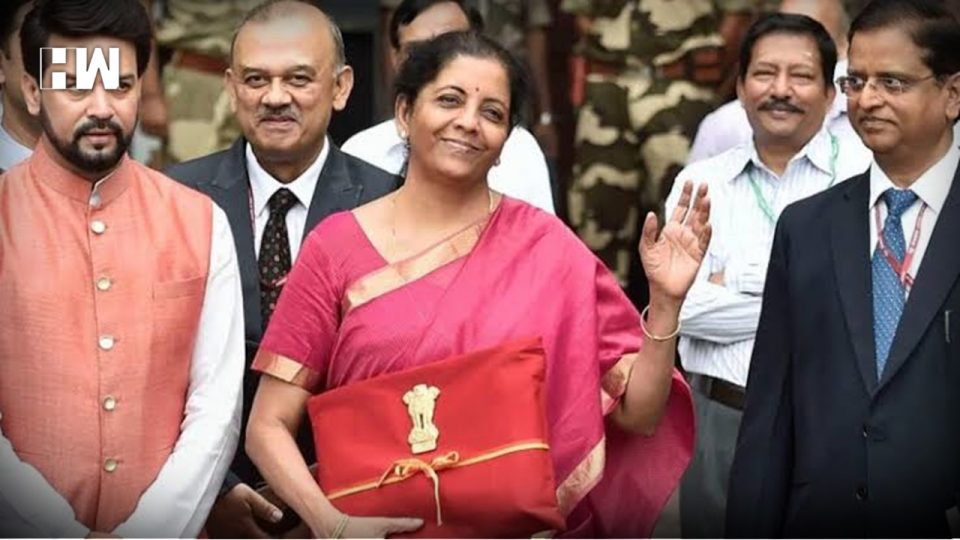The Survey is meant to be a white paper on the state of the economy, as presented by an unbiased economist and not as desired by a populist neta.
It will soon be a year of the covid health and economic crisis in India. The first covid case was reported in Kerala on 27.1.2020 coinciding with the Union Budget 2020 and we are now at the threshold of budget 2021. Covid is called a once in a century pandemic, which has contracted the economies of 90% of the world’s nations. It has contracted the global economy by 3%, i.e. a USD 5 trn loss of output and global merchandise trade by 9.2%. With its inadequate and weak healthcare system and fragile public finance/a near empty government treasury, the government went for the most stringent lockdown and did not frontload a stimulus package, instead preferring to give the world’s largest food subsidy for about 81 crore beneficiaries and preferring to save lives, with the belief that if lives are saved, livelihood will anyway come back. It also preferred to wait and watch and conserve its stretched government finances.
Since March 2020 when the lockdown was imposed, to now, the journey of the economy has been as under :-
• The economy contracted by 23.9%, in Q1, 7.5% in Q2, not disclosed in Q3, with expected contraction of 7.7% in FY 20-21.
• Consumption fell, so did exports, core sector growth, industrial/manufacturing production, bank loans, tax collections and jobs.
• What increased was liquidity in the system, NPAs, fiscal deficit, inflation, forex reserves, stock market indices, auto fuel prices and business closures.
• The crisis peaked, in terms of health as well as the economy in September 2020.
• The government did little to alleviate the crisis in terms of fiscal support, with the real spending being at best about 2% of the GDP i.e. Rs. 4 lakh crores, as against the government inflated claim of Rs. 27 lakh crores.
• To prevent the resurgence of a NPA crisis, the RBI announced a moratorium on loans, followed by a restructuring of viable loans and finally a ban on NPA recognition/classification, imposed by the Supreme Court.
• We also had a shocking/shameful migrant worker crisis.
• The government announced PLI schemes for various products, to attract foreign investment.
• While the treasury was anyway doddering, it faced further pressures due to covid healthcare expenditure, defence expenditure and the need to spend to revive demand and growth.
It is in this background that we must look at the Economic Survey 2020-21, which was placed before the Parliament yesterday. The Survey is meant to be a white paper on the state of the economy, as presented by an unbiased economist and not as desired by a populist neta. It is therefore drafted by the Chief Economic Advisor. Its key takeaways are as under :-
1. The government has done an excellent job in saving lives and livelihood, by imposing a most stringent lockdown, to minimise the worst possible crisis.
2. The economy is witnessing a V shaped recovery all round.
3. The government can borrow more and spend on growth, because in a growing economy like ours, debt is sustainable.
4. India’s sovereign rating by global agencies is faulty and does not reflect the reality of a growing GDP, controlled inflation, low government debt, political stability, rule of law, control of corruption, investor protection, EODB and zero sovereign debt default. The fifth largest economy deserves a AAA rating and not the minimum investment grade rating of BBB, dished out to it.
5. We need to increase our spend on healthcare from 1% of GDP to 2.5% to 3% and harness telemedicine to expand its reach.
6. India’s administrative process suffers due to overregulation and lack of transparency, e.g. Liquidation even of a zero dispute/debt company takes an average 1570 days.
7. The banking crisis is due to the extended regulatory forbearance that resulted in window dressing of accounts, poor governance, multiple restructuring of unviable loans and doubling of NPAs, between 2008 to 2015.
8. Access to bare necessities has improved considerably across states.
9. Fiscal stimulus focussed on essential items provision and did not waste resources to pump up demand for non essential items. It metaphorically says that you only waste fuel if you press the accelerator, when the brakes are clamped.
10. Fiscal policy was ramped up with the easing of the lockdown, together with favourable monetary policy and abundant liquidity.
To us, the Economic Survey of 2021 is more a document drafted by a neta and not by an economist. That’s because it does not speak anything about the most pressing economic problems and challenges that we face today. It does not speak the complete unbiased truth about the present state of the economy. There is simply no recognition or whisper about the problems and thus no cue to the government of a suggested strategy. Those include joblessness, stalled fresh investments, rising NPAs, MSME stress/informal sector crisis, dipping exports, eroded consumer confidence and consumption and a shaky banking and financial sector. While we agree that India’s sovereign rating does not reflect the reality, but when the Economic Survey also hides the reality, it builds little credibility for India’s sovereign rating.
As an independent media platform, we do not take advertisements from governments and corporate houses. It is you, our readers, who have supported us on our journey to do honest and unbiased journalism. Please contribute, so that we can continue to do the same in future.

